Description
1. Parameter Specifications
- Power Supply: The KUC711AE 3BHB004661R0001 typically operates on a 24V DC power supply, with a power consumption of around 8 – 12W, ensuring energy – efficient performance in continuous operation.
- Input/Output Configuration:
- Digital Inputs: It is equipped with 16 digital inputs, capable of receiving signals from various digital sensors like proximity sensors, limit switches, and photoelectric sensors. These inputs can handle a voltage range of 5 – 24V DC.
- Digital Outputs: There are 8 digital outputs. Each output can drive a load with a maximum current of 1A, suitable for controlling small relays, solenoids, and indicator lights.
- Analog Inputs: There are 4 analog inputs. They can accept signals in the ranges of 0 – 10V or 4 – 20mA, with a 12 – bit resolution for accurate measurement of physical quantities such as temperature, pressure, and flow.
- Analog Outputs: 2 analog outputs are available, capable of outputting signals in the same ranges as the analog inputs for precise analog control.
- Communication Interfaces: It supports an RS – 485 serial communication interface with the Modbus RTU protocol, facilitating seamless data exchange with other Modbus – compatible devices and control systems.
2. Applications
- Industrial Automation: In industrial manufacturing, the KUC711AE can control and monitor complex production processes. For example, it can manage the operation of multiple conveyor belts, coordinate the start and stop of machines, and monitor the status of various sensors on a production line.
- Building Automation: In commercial buildings, it can be involved in building management systems. It can control HVAC systems, lighting systems, and access control systems, optimizing energy consumption and providing a comfortable and secure environment.
- Process Control: In process industries such as chemical, food, and beverage production, it can monitor and control process variables such as temperature, pressure, and flow rate. It can implement control algorithms to maintain the desired process conditions and ensure product quality.
3. Weight and Dimensions
- Weight: The module weighs about 0.4 kg, which is relatively light and easy to install and handle.
- Dimensions: The overall dimensions are: length – 120mm, width – 90mm, height – 30mm. Its compact size allows for installation in standard electrical cabinets or control panels.
4. Features
- Flexible Communication: The support for the Modbus RTU protocol on the RS – 485 interface simplifies integration with other industrial devices and control systems, enabling seamless data sharing and system expansion.
- High – Resolution Analog Inputs: The 12 – bit resolution of analog inputs enables accurate measurement of analog signals, which is crucial for applications requiring precise control.
- User – Friendly Configuration: It has a simple and intuitive configuration process, which allows users to quickly set up the module according to their specific requirements.
5. Stability and Reliability
- Robust Construction: The module is housed in a durable plastic enclosure that provides protection against dust, moisture, and minor mechanical vibrations. This ensures stable operation in normal industrial and non – industrial environments.
- Fault – Tolerant Design: It is designed with built – in protection mechanisms such as over – current protection and short – circuit protection for the digital outputs. These features safeguard the module from electrical faults and extend its service life.
- Quality Components: The use of high – quality electronic components and strict quality control during manufacturing ensure long – term reliability and consistent performance.
6. Real – world Examples
- Automotive Assembly Plant: In an automotive assembly plant, the KUC711AE controls the operation of robotic arms. It receives input signals from sensors that detect the position of car parts and sends output signals to control the movement and operation of the robotic arms, ensuring accurate assembly.
- Water Treatment Facility: In a water treatment facility, it monitors and controls the water purification process. It measures the water quality parameters such as pH, turbidity, and chlorine levels through analog sensors and controls the dosing of chemicals and the operation of pumps and valves via digital and analog outputs to maintain the desired water quality standards.


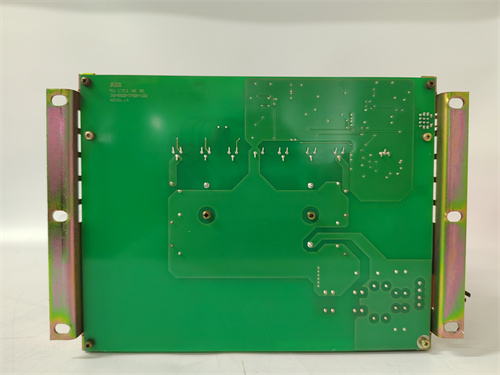
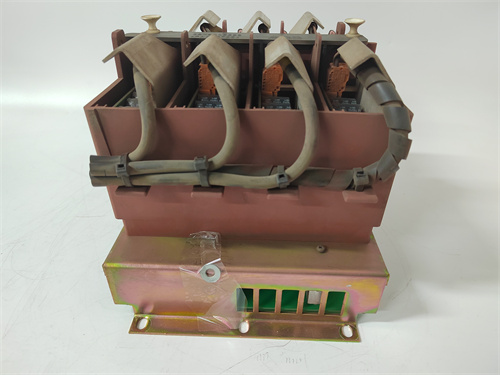


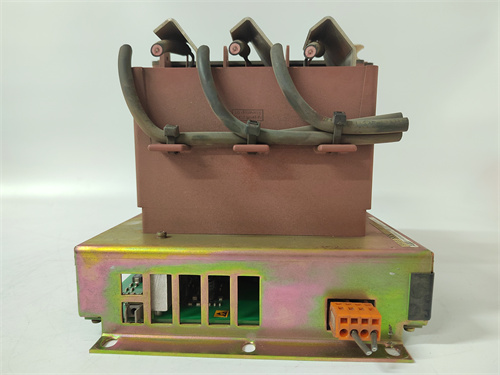

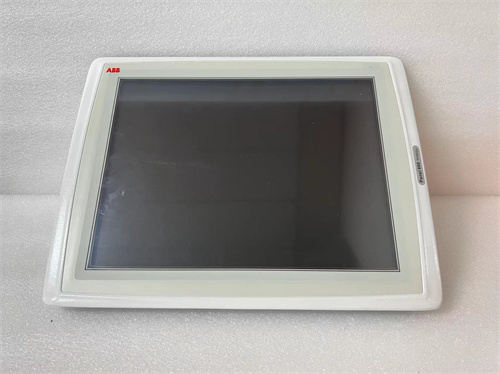
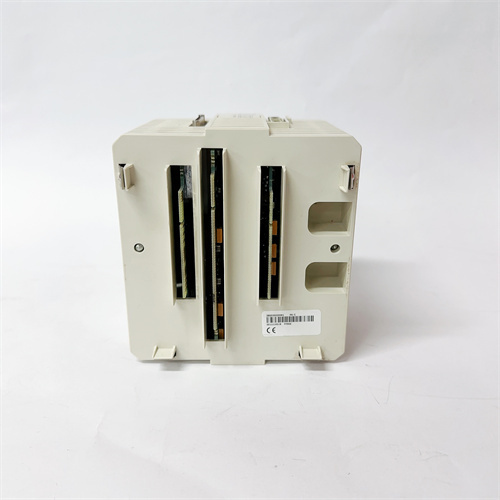
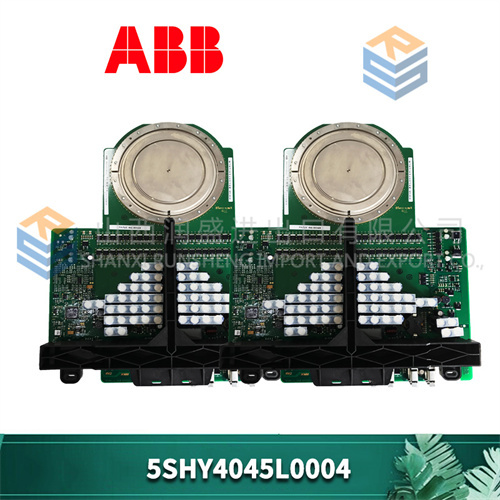
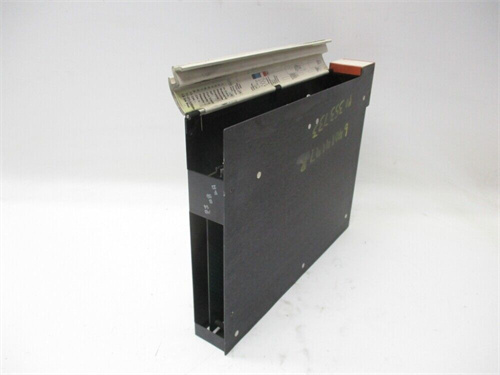

Reviews
There are no reviews yet.